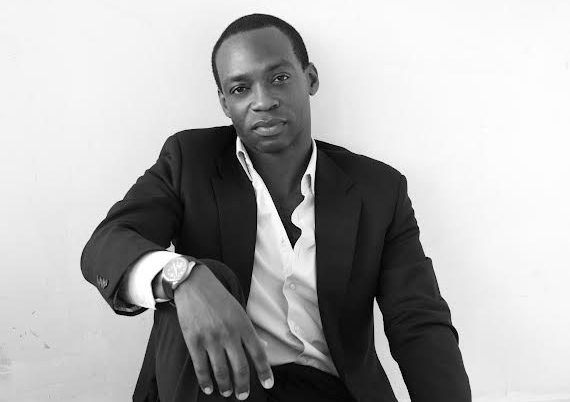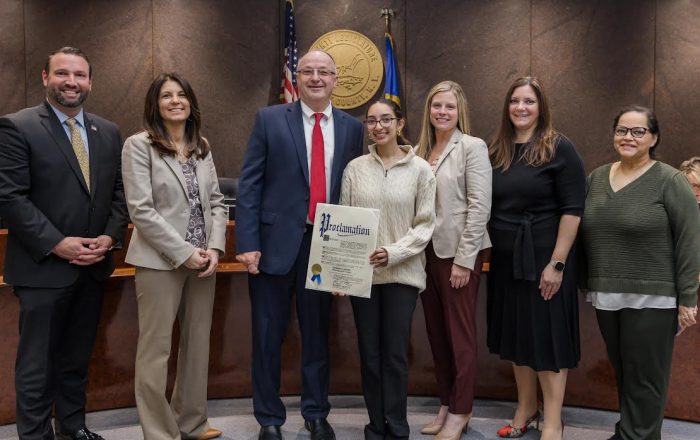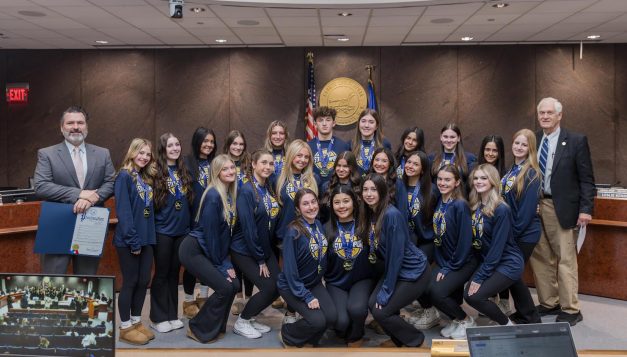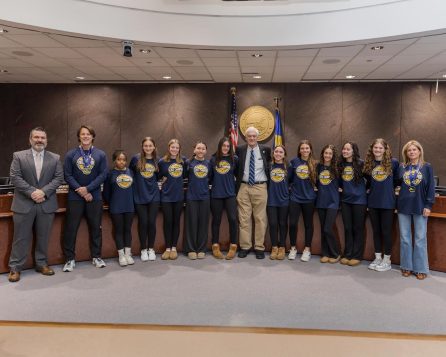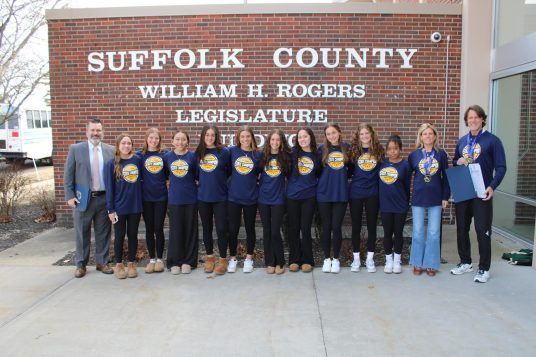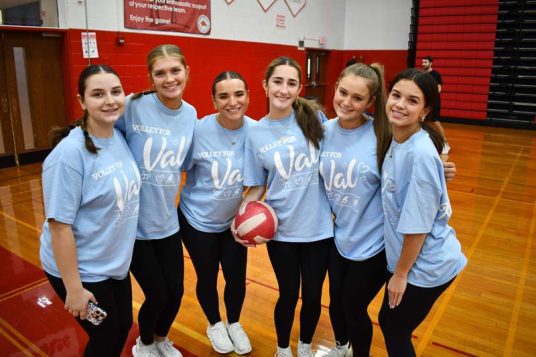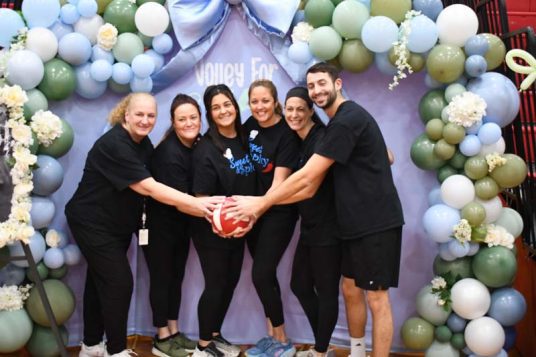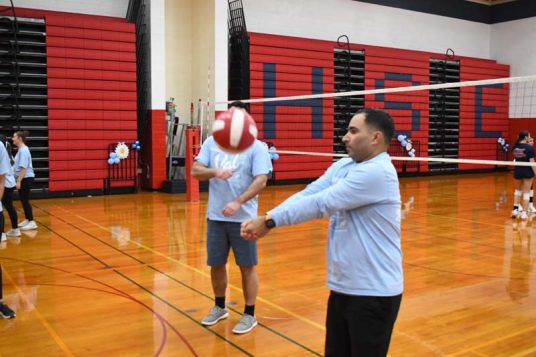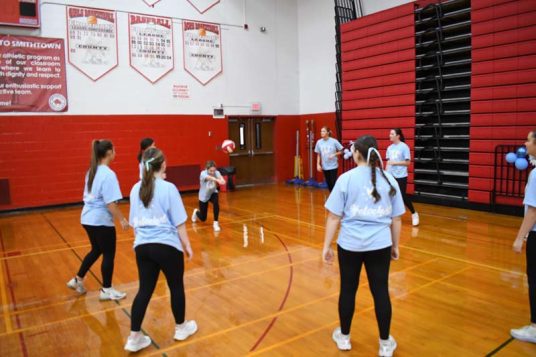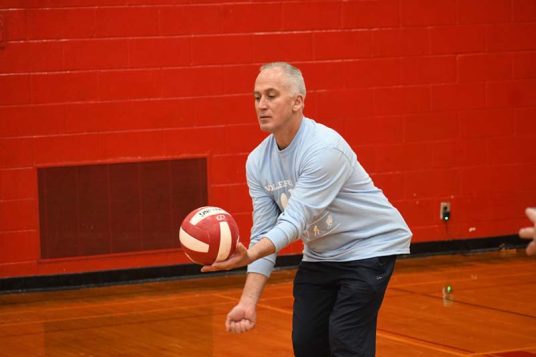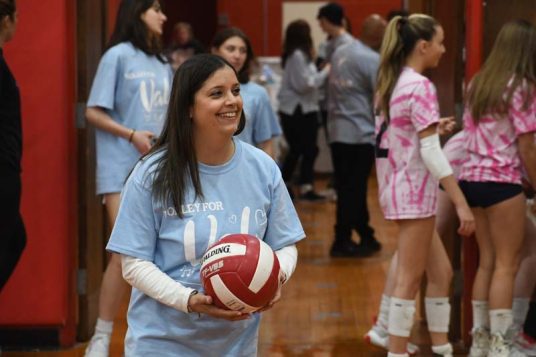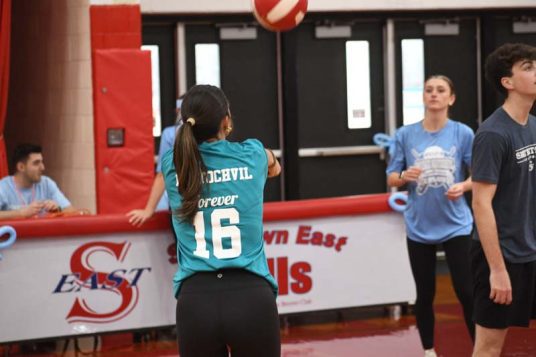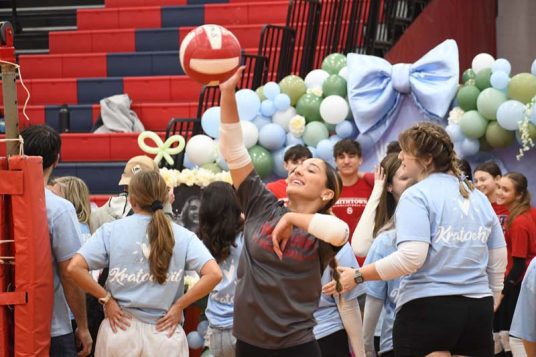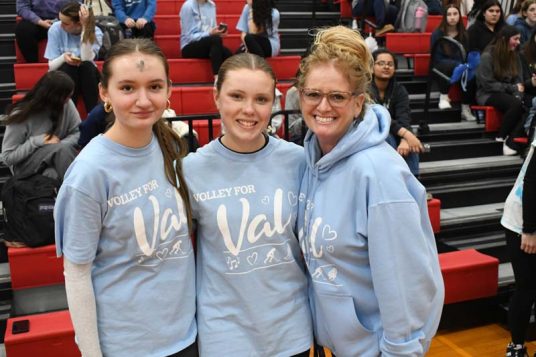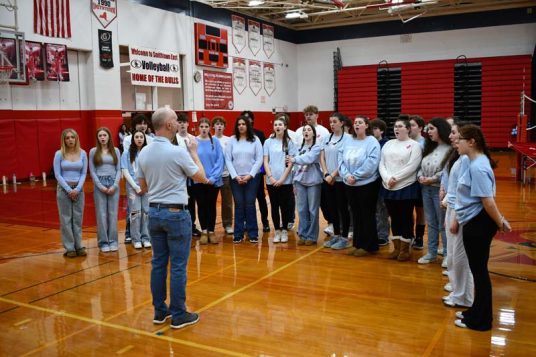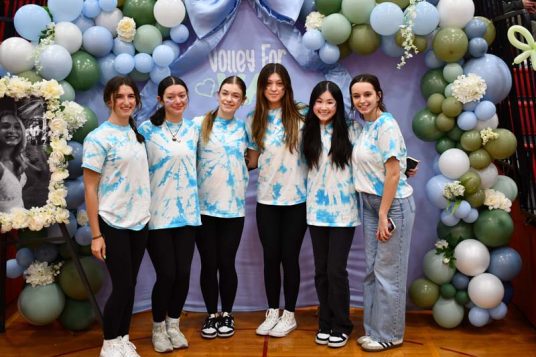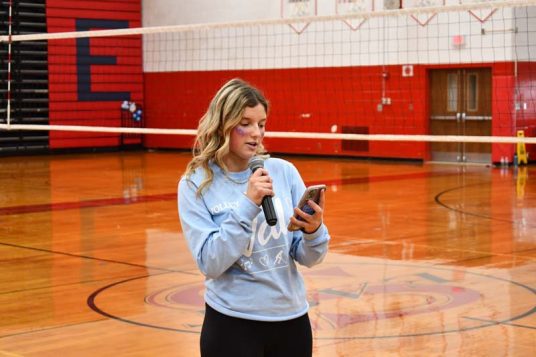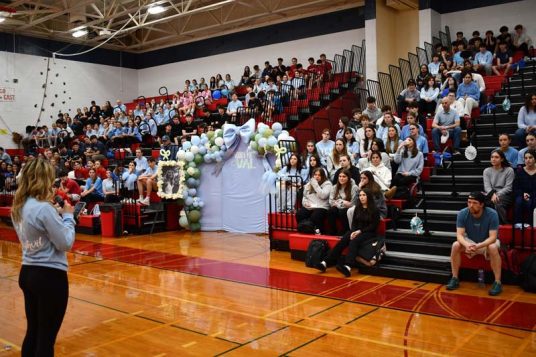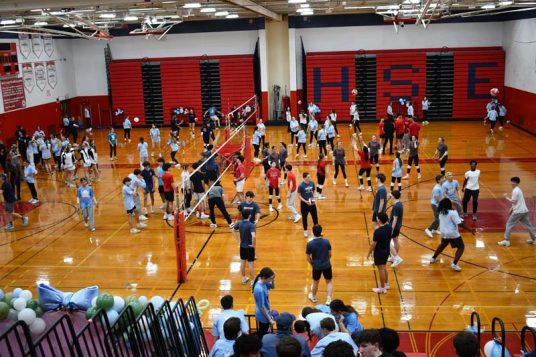Students at Comsewogue High School in the Comsewogue School District have joined a cross-cultural humanitarian effort to bring closure to Japanese families whose loved ones were killed during World War II.
Before going to battle, Japanese soldiers were given yosegaki hinomaru—good luck flags—to keep with them on the battlefield. There are currently an estimated 50,000 yosegaki hinomaru throughout America, brought back as souvenirs by World War II veterans who didn’t understand that the flags are considered by Japanese families to be the non-biological human remains of their family members.
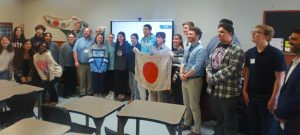
Roughly a dozen Comsewogue students have been working with their teachers and community partners to collect these flags and reunite them with grieving families who never had a proper burial for loved ones who didn’t return home from the war.
“It’s so important for our students to learn about history through the lens of different cultures, and to understand that there is more that unifies us than divides us,” said Comsewogue High School Principal Michael Mosca. “Our students volunteered to take part in this project and their dedication and passion is palpable.”
Comsewogue High School teacher David Hughes and Comsewogue parent and community partner William Donohue are avid historians who collected about 35 these meaningful flags and brought the initiative to the high school. Along with teachers Alex Wessel and Kyle Schauss, they will be assigning a flag to each student who will then study the flag and learn about the soldier to whom it belonged.
Students recently held a Zoom meeting with Rex and Keiko Ziak, the founders of the nonprofit the Obon Society, whose mission is to reunite families with the good luck flags of their loved ones. The Obon Society is the largest grassroots effort dedicated to the cause and has returned over 600 flags to families in Japan.
Rex and Keiko answered questions from students and shared powerful stories both about receiving and returning flags. They explained the process of tracking down these families and how the reunion is more of a funeral than a celebration. The couple started the Obon Society after Keiko and her family were reunited with her grandfather’s good luck flag. She described being a child when he went missing in action while serving in Burma.
Students will be learning the stories behind each good luck flag as they continue to work with the Obon Society to track down the families, a process that could take roughly two years.

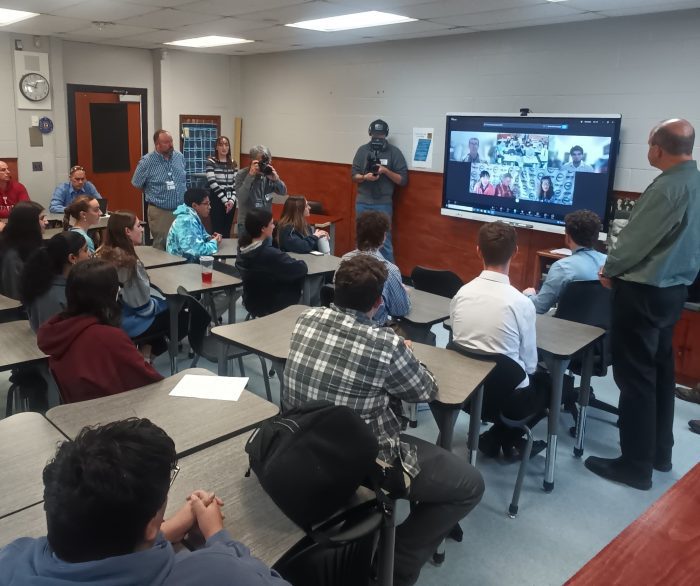
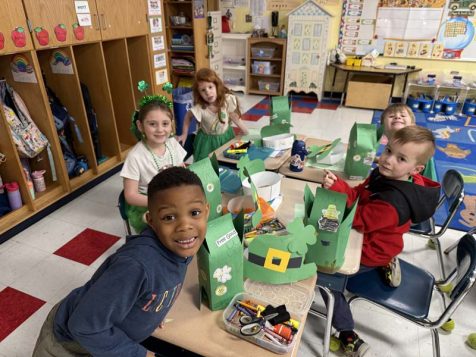
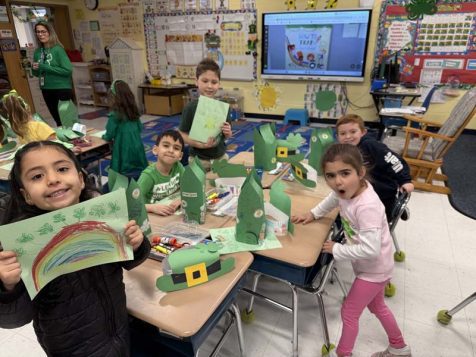
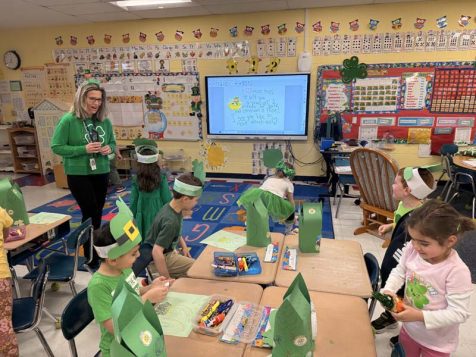
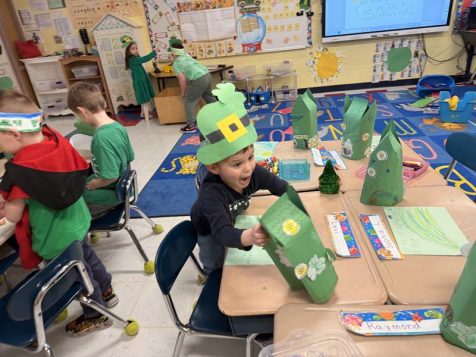
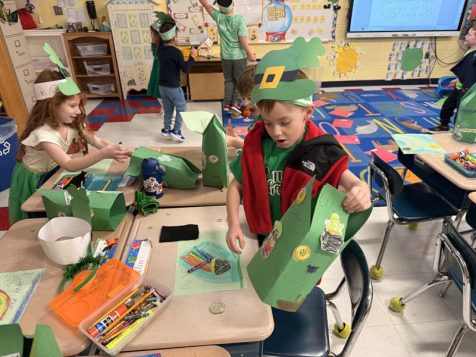


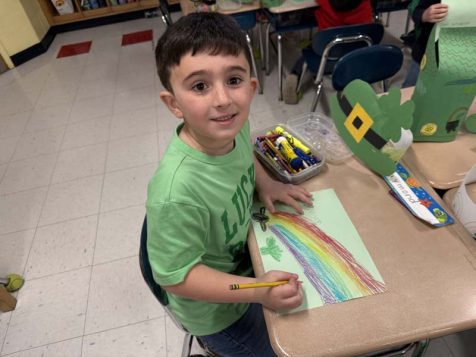
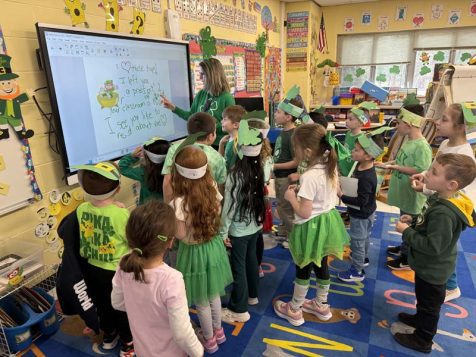
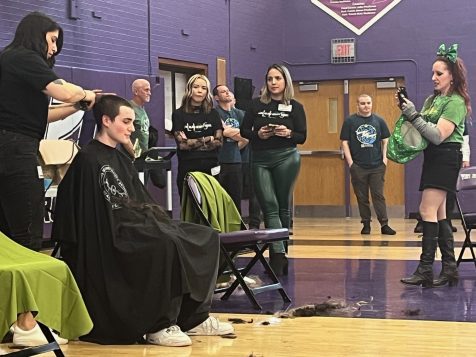


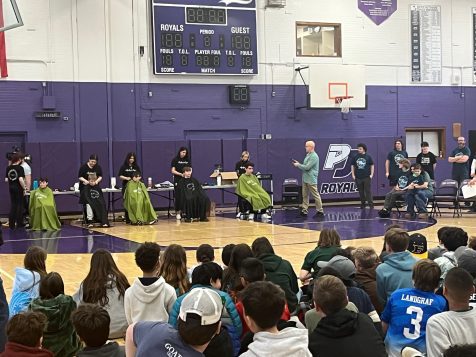

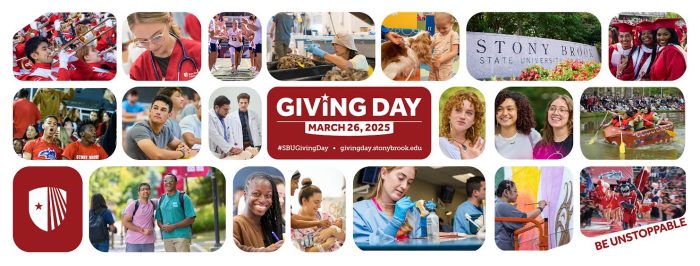
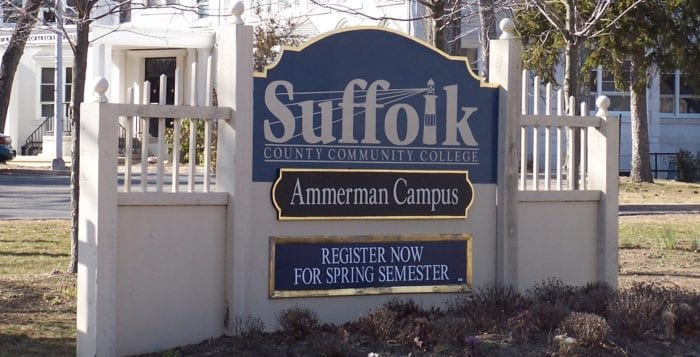
 The following high schools that will be Invited in the exhibition: Bayport Blue Point, Bell Port, Centereach, Comsewogue, Connetquot, East Islip, Earl L. Vandermeulen, Hauppauge, Saint John the Baptist, Saint Anthony’s, Longwood, Miller Place, Mt. Sinai, Newfield, Patchogue-Medford, Rocky Point, Sachem East, Sachem North, Sayville, Shoreham Wading River, Smithtown, and Ward Melville.
The following high schools that will be Invited in the exhibition: Bayport Blue Point, Bell Port, Centereach, Comsewogue, Connetquot, East Islip, Earl L. Vandermeulen, Hauppauge, Saint John the Baptist, Saint Anthony’s, Longwood, Miller Place, Mt. Sinai, Newfield, Patchogue-Medford, Rocky Point, Sachem East, Sachem North, Sayville, Shoreham Wading River, Smithtown, and Ward Melville.
